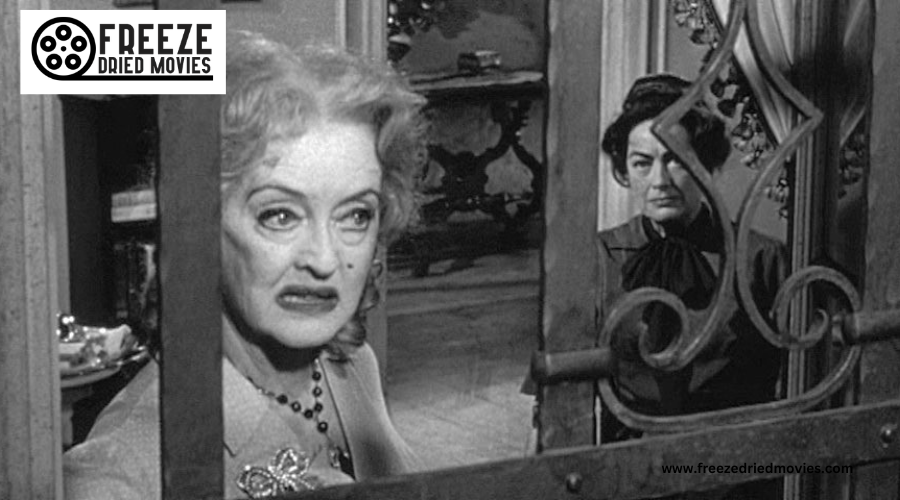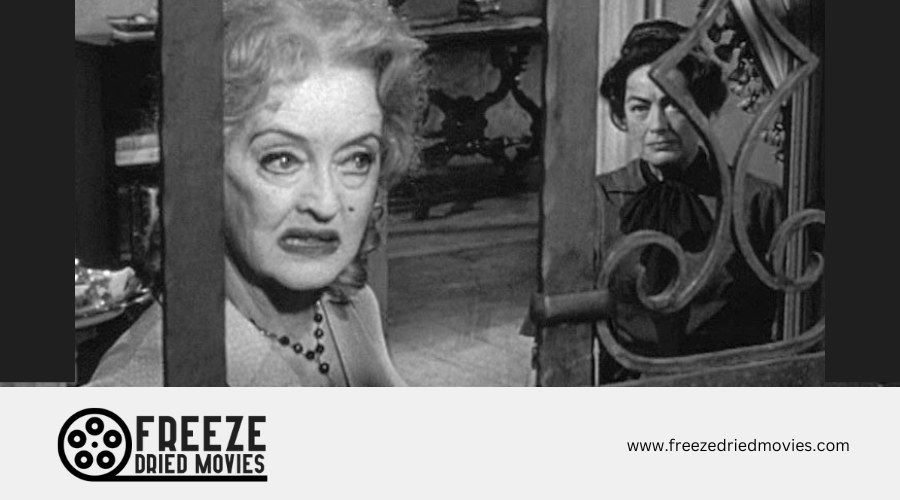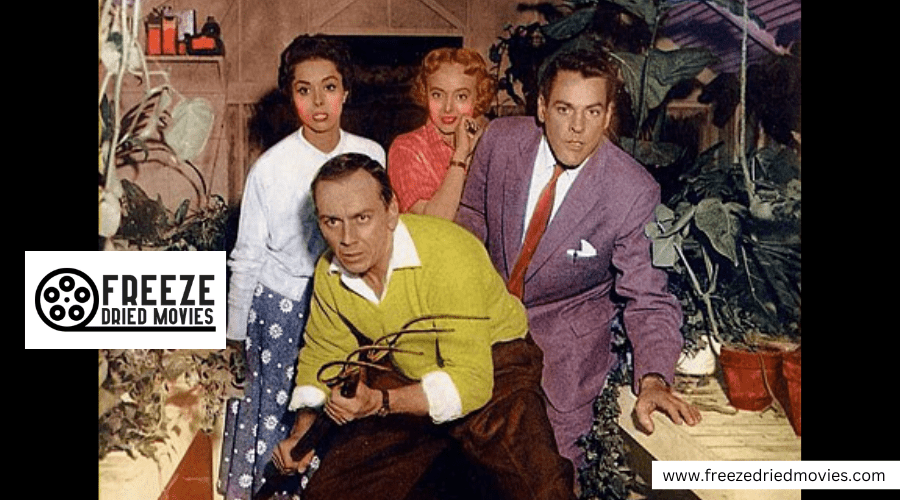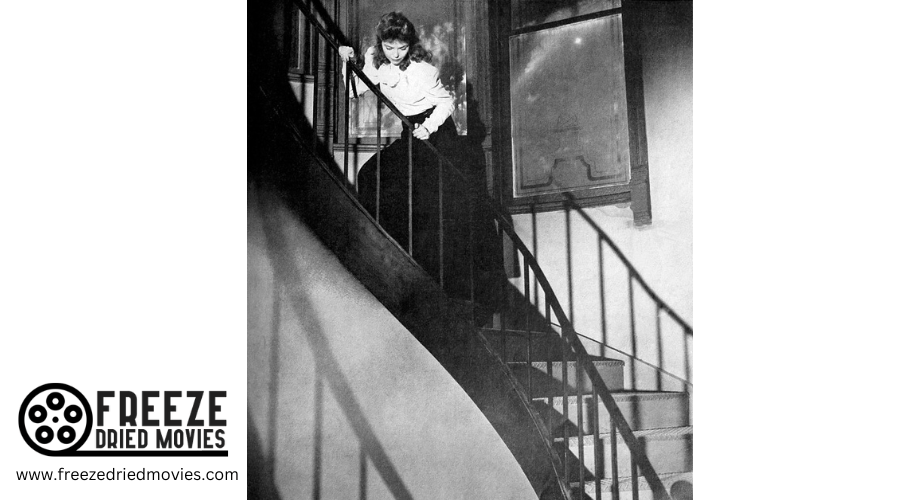From Page to Screen: 1960s Horror Literature Adaptations

The 1960s marked a defining moment when horror literature leapt from page to screen with unparalleled psychological depth. Directors like Hitchcock transformed works by Robert Bloch, Daphne du Maurier, and Henry James into pioneering films that revolutionized the genre. From Psycho's shocking narrative turns to The Haunting's atmospheric terror, these adaptations established new standards for visual storytelling. The decade's innovative techniques and complex character studies continue to influence modern horror's evolution.
The Dawn of Psychological Horror in Cinema
While horror films had existed for decades, the 1960s marked a revolutionary shift toward psychological terror in cinema, largely through faithful adaptations of literary works. You'll find Hitchcock's Psycho leading this transformation in 1960, establishing a blueprint for psychological horror that would influence generations of filmmakers.
The era's most compelling adaptations expertly blended supernatural elements with complex psychological themes. You can see this in The Innocents' haunting exploration of mental uncertainty, and The Haunting's profound examination of its characters' fragile psyches. Even Hitchcock's The Birds transcended its creature-feature premise to examine primal fears and psychological breakdown.
These faithful adaptations proved that horror could be both intellectually stimulating and viscerally frightening, forever changing how audiences experienced fear on screen. Through innovative techniques like suspense manipulation and strategic editing, directors crafted narratives that kept viewers in a constant state of unease and anticipation.

Hitchcock's Literary Inspirations
Among the visionaries who shaped 1960s horror cinema, Alfred Hitchcock stood out for his expert adaptation of literary works into psychological thrillers.
You'll find his consummate touch in transforming Daphne du Maurier's novel "The Birds" into a suspenseful film that redefined natural horror in 1963. His adaptation of Robert Bloch's novel "Psycho" revolutionized the genre, catching audiences off guard with its shocking narrative turns.
While Hitchcock dominated the scene, other notable adaptations emerged during this era. The film version of Henry James' ghost story "The Turn of the Screw," titled "The Innocents," delivered psychological complexity and haunting ambiguity.
This period demonstrated how skilled directors could translate literary horror into visceral cinematic experiences, with Hitchcock leading the way in visual storytelling and suspense building techniques.
These masterful adaptations emphasized psychological over physical horror, inviting audiences to explore the darker recesses of human nature through visual storytelling.
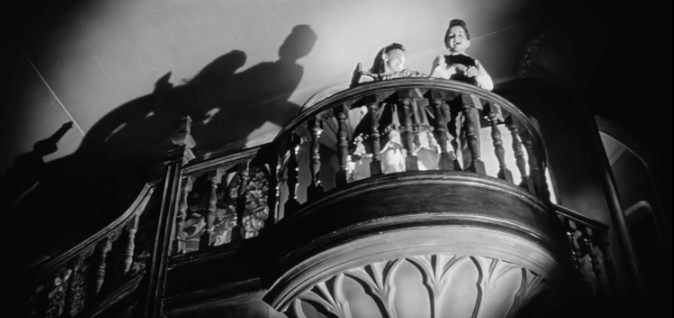
Gothic Elements in 1960s Film Adaptations
The translation of Gothic literary works to film reached new heights in 1960s horror cinema, as directors expertly captured the genre's signature elements of psychological tension and supernatural ambiguity.
You'll find this expertise brilliantly displayed in adaptations like The Innocents, where the filmmakers used chiaroscuro lighting and ominous shadows to bring Henry James' The Turn of the Screw to life. The Gothic atmosphere of uncertainty and dread was enhanced through carefully crafted cinematography and claustrophobic settings.
Similarly, when adapting Shirley Jackson's The Haunting of Hill House, directors employed disorienting camera work and haunting musical scores to recreate the psychological torment of the source material. These innovative techniques didn't just pay homage to their literary origins - they established new standards for horror filmmaking that would influence the genre for decades to come.
Roger Corman's adaptations of Edgar Allan Poe's works, featuring Vincent Price's central performances, demonstrated how Gothic literature could be transformed into visually striking psychological horror films.
The Impact of Robert Bloch's Psycho
Published in 1959, Robert Bloch's novel "Psycho" revolutionized horror literature before Alfred Hitchcock adapted it into a pioneering film that would forever alter cinema. Drawing from the source material inspired by Ed Gein's crimes, Hitchcock transformed the horror genre through groundbreaking special effects, innovative camera work, and expert sound design.
The film's lasting influence can be measured in three key ways:
- Anthony Perkins' portrayal of Norman Bates redefined how disturbed characters were depicted on screen
- The infamous shower scene created a new standard for suspense and shock value in horror
- The film's exploration of psychological terror within seemingly ordinary people inspired countless future works
You'll find Psycho's DNA in virtually every psychological thriller and slasher film that followed, cementing its status as a watershed moment in horror history.

Studio publicity photo of Alfred Hitchcock.
Translating Literary Terror to Visual Scares
Successful horror adaptations in the 1960s proved that literary nightmares could effectively translate to visual terror through innovative filmmaking techniques. When bringing horror from Page to Screen, directors like Hitchcock and Polanski expertly captured the psychological tension of their source materials.
You'll find that The Birds transformed du Maurier's story through groundbreaking visual and auditory elements, while Wise's The Haunting preserved Hill House's suffocating atmosphere through calculated camera work. Horror films like Rosemary's Baby demonstrated how nuanced performances could maintain a novel's ambiguity and psychological complexity.
These adaptations showed that written horror could be elevated through cinema's unique toolset, creating experiences that honored their literary roots while crafting new ways to terrify audiences through sight and sound.
Haunted House Narratives on Screen
Among horror literature's most enduring subgenres, haunted house narratives found their ideal medium in 1960s cinema. You'll notice how these screen adaptations expertly translate literary psychological terror through innovative filmmaking techniques.
Three standout adaptations from this era showcase the genre's evolution:
- Robert Wise's "The Haunting" (1963) converts Jackson's novel through atmospheric camerawork and minimal effects
- "The Innocents" (1961) brings James' "Turn of the Screw" to life with its remote setting and ambiguous supernatural elements
- "The Legend of Hell House" (1973) captures Matheson's claustrophobic horror through suspenseful investigation sequences
These adaptations prove that horror's most effective moments don't rely on explicit visuals but rather on the power of suggestion, allowing your imagination to conjure the unseen terrors lurking within these haunted walls.
Adapting Supernatural Elements
When filmmakers tackled supernatural elements from 1960s horror literature, they faced the challenging task of making the invisible visible. Just as adaptations of Stoker's Dracula and Jekyll and Mr. Hyde had pioneered supernatural storytelling techniques, 1960s directors embraced innovative approaches to bring otherworldly horrors to life. You'll notice how they skillfully combined moody lighting and unconventional camera angles to create an unsettling atmosphere that'd later influence Stephen King adaptations.
The most successful films struck a delicate balance between revealing and concealing their supernatural threats. Through practical effects, strategic sound design, and careful pacing, filmmakers converted literary phantoms into tangible cinematic terrors. When done effectively, these techniques didn't just showcase the paranormal—they made you feel its presence, turning psychological dread into visceral horror.
Character Development in Horror Transitions
Reshaping literary horror characters into compelling screen presences posed unique challenges for 1960s filmmakers. You'll find that successful adaptations commanded the delicate art of translating internal thoughts into visual performances, much like Anthony Hopkins later did with Hannibal Lecter or Kathy Bates with Annie Wilkes in Stephen King's work.
Directors learned to convey psychological complexity through:
- Strategic use of close-up shots to capture subtle facial expressions
- Atmospheric cinematography that externalized character's inner turmoil
- Careful balance between explicit and implied psychological horror
You'll notice how films like Rosemary's Baby excelled at preserving the source material's ambiguity while exploring universal themes of isolation and vulnerability. These adaptations proved that capturing a character's psychological odyssey requires more than dialogue - it demands a virtuosic blend of performance and visual storytelling.
Cultural Influences on Horror Adaptations
Throughout the turbulent 1960s, horror literature adaptations became powerful vehicles for addressing society's deepest anxieties and cultural shifts. You'll find that films like Rosemary's Baby expertly captured the era's growing tension around women's rights and changing family dynamics, while The Exorcist reflected widespread spiritual uncertainty and moral questioning.
The period's sociopolitical panorama transformed how horror stories were adapted for the screen. You can see how Hitchcock's psychological thrillers tapped into America's fascination with true crime and mental illness, while Cold War fears spawned numerous science fiction horror adaptations. These films didn't just entertain - they held up a mirror to society's evolving concerns about civil rights, war, and social upheaval, creating a new wave of horror that would later influence authorities like Stephen King.
Technical Innovations in Horror Filmmaking
Behind every terrifying moment in 1960s horror adaptations lay pioneering technical achievements that forever changed the genre. While the Steadicam wouldn't arrive until the 1970s, you'll find that filmmakers were already experimenting with innovative camera movements to create unsettling atmospheres.
The evolution of horror filmmaking during this era brought three major technical breakthroughs:
- Practical special effects, including advanced prosthetics and animatronics, that transformed actors into convincing monsters
- Revolutionary sound design techniques that blended electronic music with experimental audio to heighten tension
- Enhanced color cinematography that allowed directors to craft moody, atmospheric scenes with unparalleled visual depth
These innovations didn't just improve the quality of horror adaptations - they fundamentally changed how audiences experienced fear on screen, setting new standards for decades to come.

